Salvador Pané and colleagues demonstrate core–shell magnetoelectric nanowires that can be triggered using different magnetic fields for targeted drug delivery to kill cancer cells.
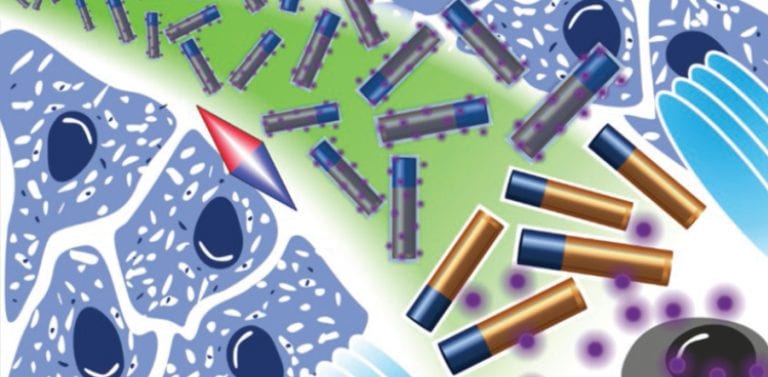


Salvador Pané and colleagues demonstrate core–shell magnetoelectric nanowires that can be triggered using different magnetic fields for targeted drug delivery to kill cancer cells.

Shuit-Tong Lee and Lifeng Chi have guest edited an issue of Advanced Materials, which provides an insight into the nanoscience research going on in and around Suzhou.
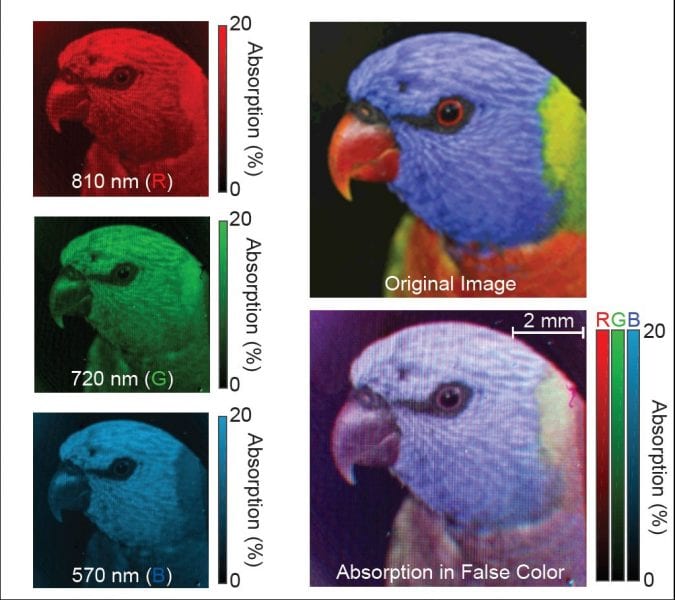
Multispectral imaging with metasurface pixels using a multiscale fabrication approach.
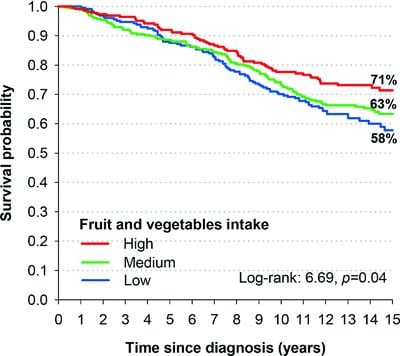
Consumption of both fruit and vegetables shows a higher 15-year overall survival probability in prostate cancer patients than those with lower intakes.
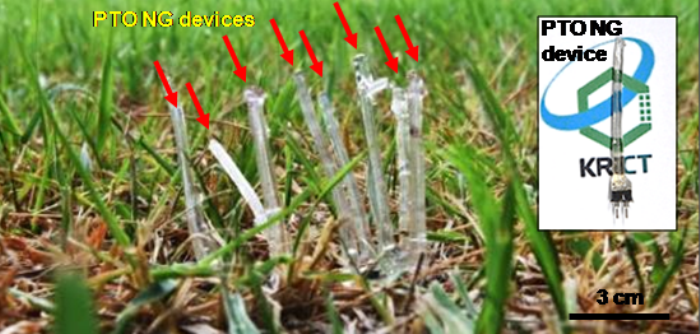
Omnidirectional energy harvesting with perovskite nanogenerators.

A recent Special Issue of The Journal of Neuroscience Research (JNR) on “Gender Influences on Nervous System Function” indicates that sex matters at all levels of the brain.
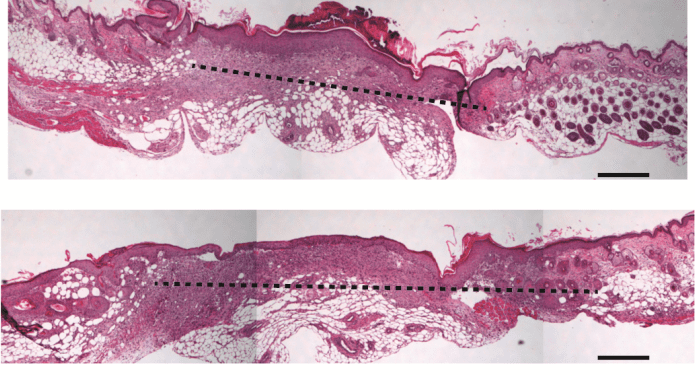
Researchers from the University of South Australia reveal how they use non-toxic porous silicon nanoparticles (pSi NPs) for the controlled release of FnAb to diabetic wounds.
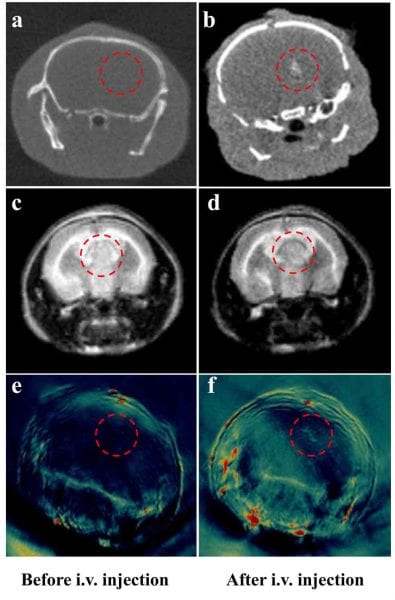
Researchers present the use of Au@MIL-88(Fe) nanoparticles that serve as triple-modality imaging agents, in CT, MRI, and PA imaging of gliomas.
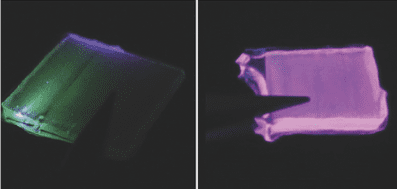
Researchers reveal “Quantum-Dot Wood”, transparent wood impregnated with luminescent semiconductor nanoparticles.
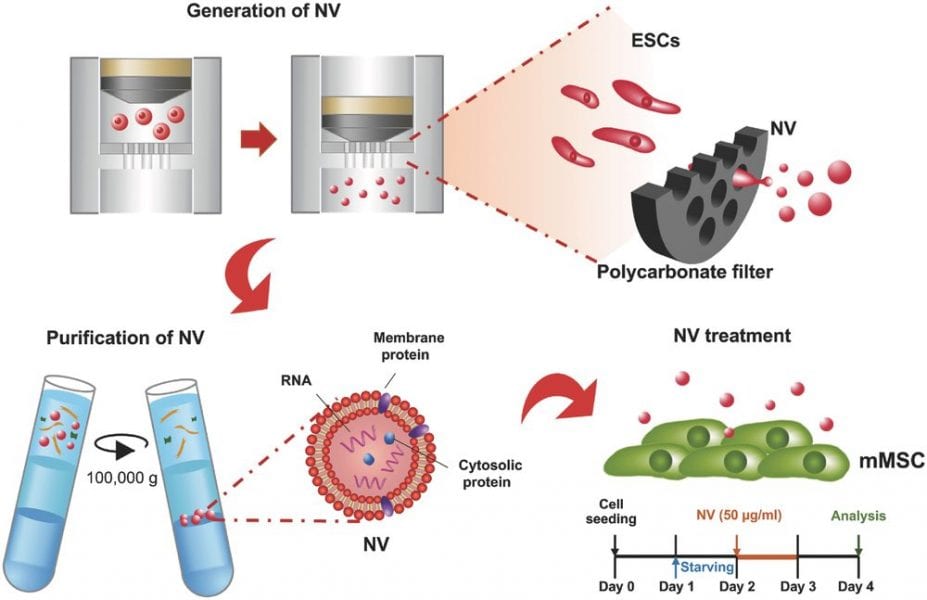
“Man-made” extracellular vesicle-mimetic nanovesicles developed with characteristics similar to those of extracellular vesicles.